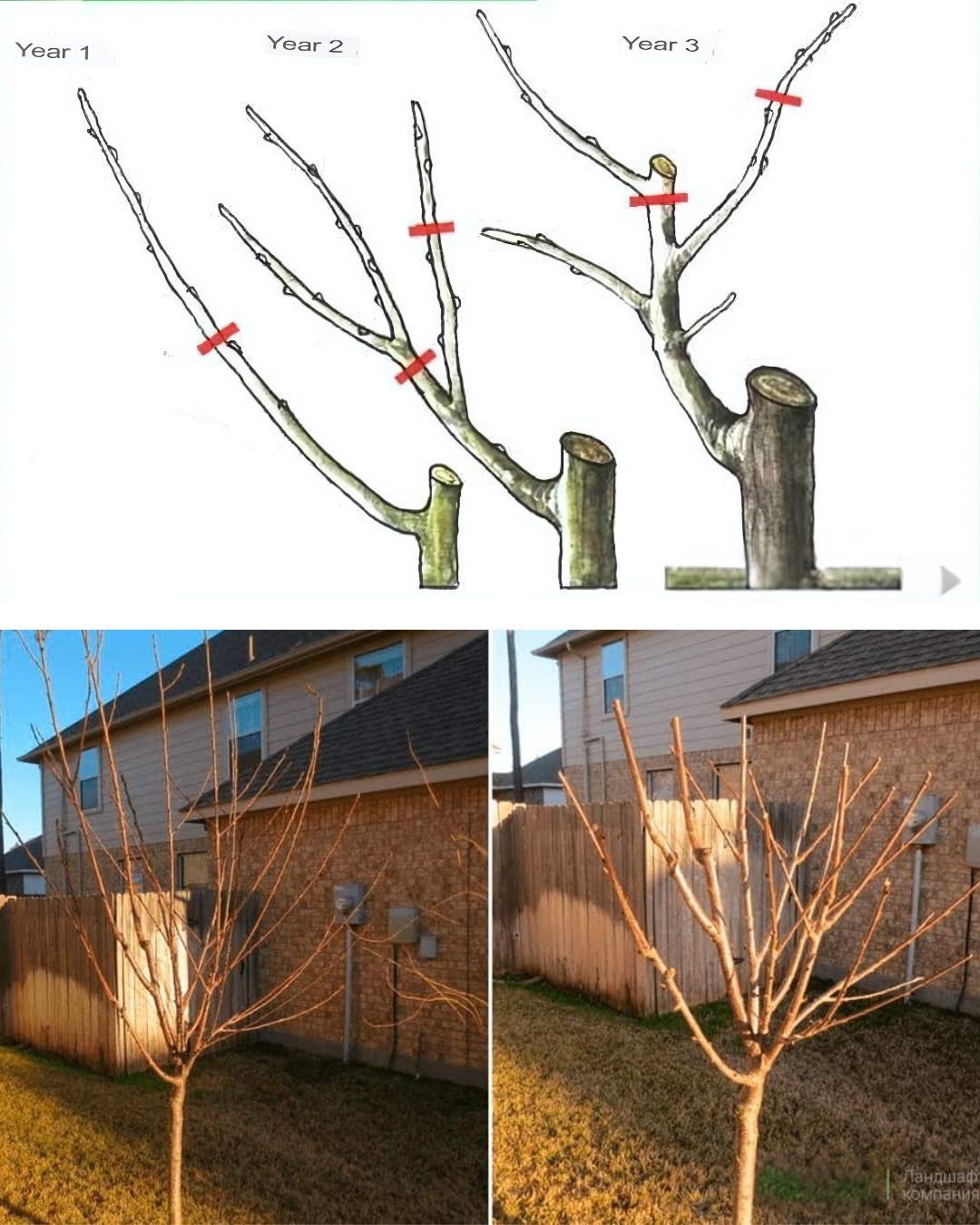Essential Pruning Techniques for Fruit Trees: A Guide to Thriving Orchards
Pruning fruit trees is a vital practice that ensures healthy growth and abundant harvests. Many novice gardeners hesitate to use pruning shears, fearing they might harm the tree or mistakenly believing that nature will take care of itself. However, neglecting pruning can lead to overcrowded canopies, which ultimately diminishes fruit production.
The shape of the tree’s crown is crucial. Gardeners should assess their trees and determine the desired crown shape, especially for younger trees. Even older trees can be shaped, but it may take several years of careful pruning.
During pruning, it is essential to remove unhealthy, dead, or broken branches. Additionally, any suckers and branches growing inward should be cut back to improve light penetration and prevent future entanglement with other branches. Crossed or rubbing branches should also be addressed, either by shortening one branch or removing it entirely.
When pruning, it is important to cut just above a bud that faces outward to encourage healthy growth. The area where a branch meets the trunk, known as the collar, contains many cells that promote quick healing. Proper cuts help prevent overcrowding and ensure that new growth does not hinder the tree’s overall structure.
Branches that grow at steep angles or downward should be removed as they can break easily under weight or snow. These branches can also hinder the gardener’s ability to maintain the tree effectively.
In summary, understanding the principles of pruning and applying them correctly can significantly enhance the health and productivity of fruit trees. With the right techniques, gardeners can cultivate thriving orchards that yield delicious fruit for years to come.
